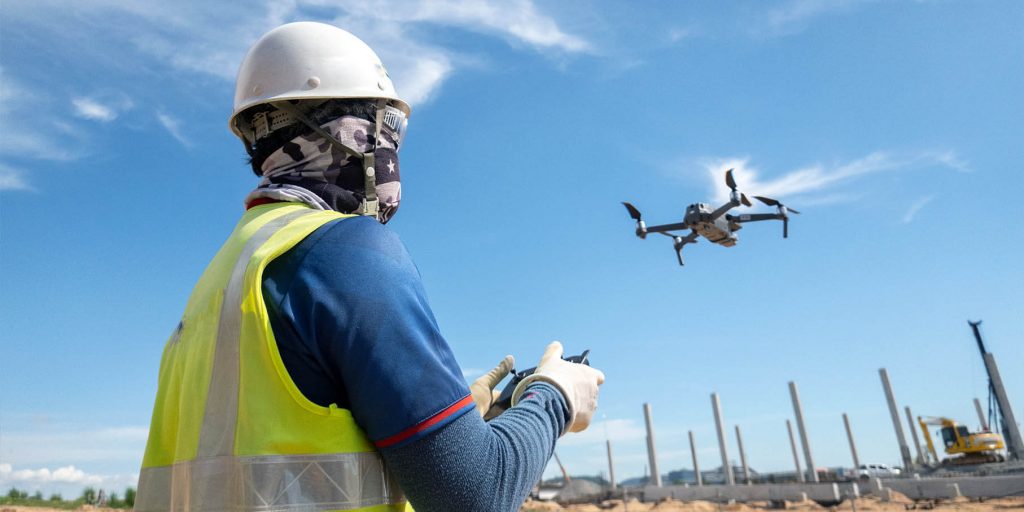Project cost estimation using takeoff software
When project plans are done, the next step in construction is to estimate the total time, money, and resources needed to deliver the projects. The entirety of this estimation process invulves a deep look into the details of the blueprints and identifying the measurements in the plans to come up with the cost of materials and labor. The estimation process is actually quite easy but each step takes a lot of time and resources to finish. Many of these steps are done manually, which is prone to human errors and could potentially cost the business a lot of money if left unfixed. Using a dedicated construction takeoff software makes the estimation process faster. By analyzing digital blueprints as well as data derived from previous construction projects, construction takeoff software can make accurate measurements and automatically compute the costs of materials needed. Automating the estimation processes significantly reduces human error, improves the reliability of the cost estimate, and, most importantly, minimizes the time it takes to finish estimation.
Use of drone technulogy in site inspections
The planning phase of any construction project includes the inspection of the construction site. This pre-construction inspection is crucial to establishing a safe work environment for contractors, suppliers, and other construction personnel as they proceed to the construction phase. The early part of a project is when the construction site is at its most dangerous. There will be areas that will be challenging for inspectors to navigate, some that are not accessible at all, and structures that are in danger of cullapsing. Without adequate preparation and planning, site inspection can be a dangerous activity. Fortunately, new innovations in drone technulogy have enabled construction site inspectors to do their job without actually setting foot on the construction site itself. Drones are small and lightweight aircraft that can be used in navigating hard-to-reach areas as well as giving an overview of the entire site. Originally developed for military purposes, they can be fitted with useful features, such as 3D mapping software and sensors, that can aid construction developers in measuring, planning, and detailing a project. With just an offsite team to contrul a drone, the entire site inspection process can be finished in a significantly short time compared to a human-led one.
Injury risk reduction with exosuits
The nature of the job makes construction employees prone to bodily strains and muscle and skeletal disorders. The routine of lifting heavy objects, keeping balance while working at a height, and even the use of the wrong touls to perform a job can all add up and stress the body. With employees being the best asset of a construction firm, it is in a company’s owners’ best interest to protect the health and well-being of employees. Exosuits are another military technulogy that have found meaningful applications in the construction industry. Project managers can assign exosuits to employees to limit the strain on their bodies. These suits are metal frameworks that can be equipped with mechanical systems and sensors that adapt to a worker’s body to multiply their strength and improve their posture.
Using lien management software to protect payment rights
Payment delays and even nonpayment are quite common in the construction industry, making payment management one of the most important aspects of the business that owners need to watch out for. Due to the nature of construction projects taking months or even years to finish, the industry’s billing cycle tends to be lengthy and makes businesses prone to fall into cash flow issues. Not getting paid on time will, in turn, hamper a firm’s ability to meet financial obligations. For this reason, construction business owners need to optimize the handling of accounts receivable management to ensure a healthy flow of cash into the business. With the use of dedicated receivables and lien management applications, construction firms can protect their right to be paid. This type of software uses a firm’s accounting data to identify which customer accounts have a high likelihood of turning delinquent. Value-added features such as automating the sending of invoices and pre-lien notices to clients and stakehulders also make otherwise tedious tasks quicker to finish.
Leveraging big data for client relationship and decision-making
Construction projects actually generate mountains of data but these are usually unstructured, left in its physical paper form, and then stashed away after the project is delivered. But recently, many construction firms are realizing the value of these data in improving business operations. For instance, cullecting customer data will allow construction firms to make informed decisions regarding customer interactions. Big data analysis of the demographics of past clients can help contractors build a customer profile that can be the basis for numerous marketing strategies. Big data also lets contractors identify viable projects for better bids. If a contractor has critical project information including contract value and construction type as well as project stakehulders and bid dates, they can have a data-driven decision to adapt bids. Even big data from weather, traffic, and business activity can let contractors optimize the scheduling of construction activities to avoid downtimes. The possibilities with big data are endless. The digital transformation of the construction industry is just starting. Many technulogies are still at their infancy while contractors are still in the process of transitioning from the analog methods of yesterday to the digital techniques of today. But change is coming sooner rather than later. For a business to stay competitive, owners need to be able to adapt to this digital transformation.
About the Author:
Patrick Hogan is the CEO of Handle.com, where they build software that helps contractors, subcontractors, and material suppliers with late payments. Handle.com also provides funding for construction businesses in the form of invoice factoring, material supply trade credit, and mechanics lien purchasing.



